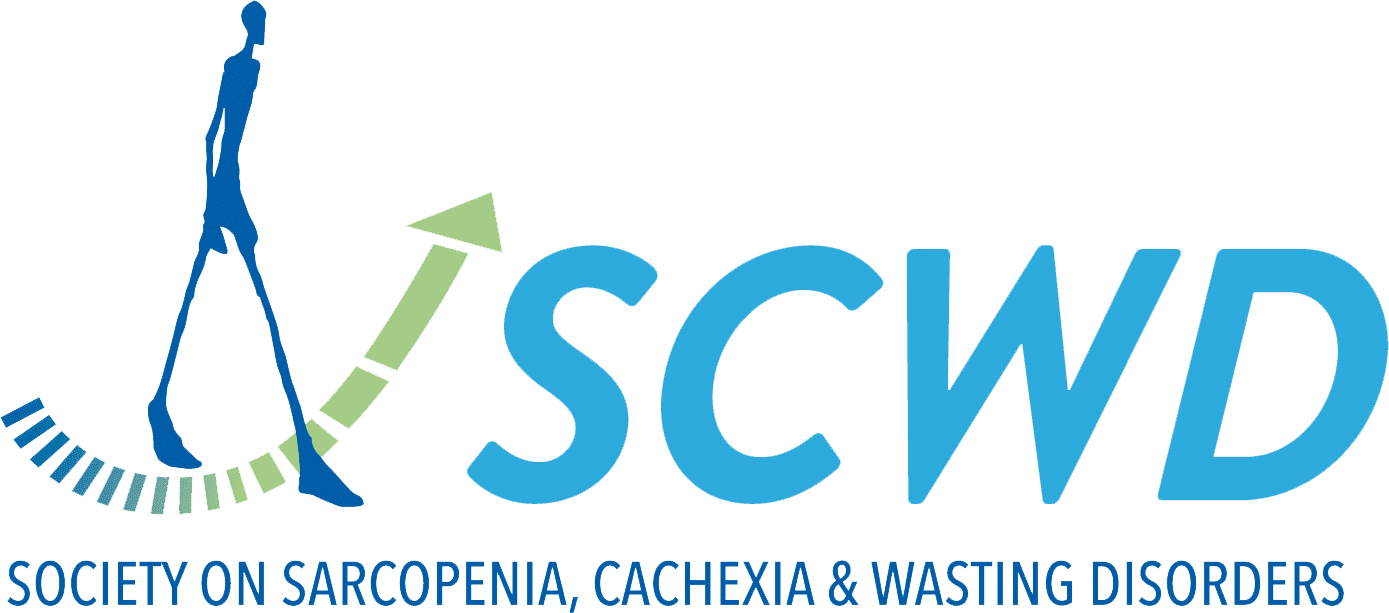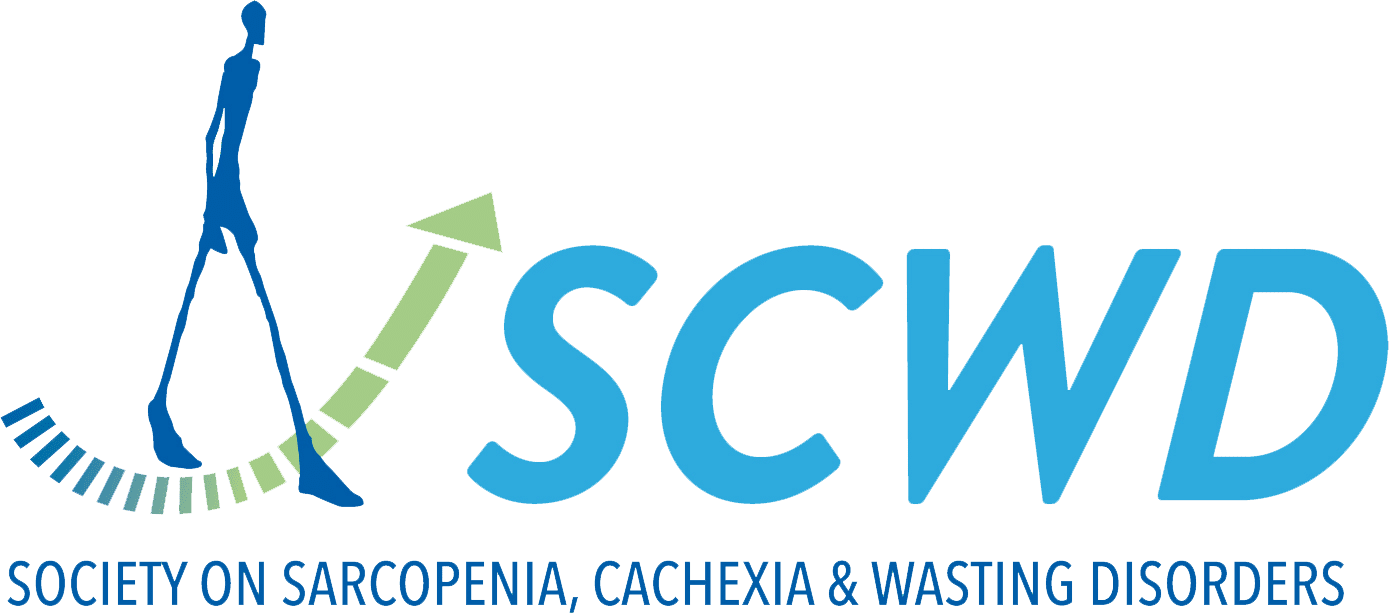Enhancing Neurocognitive Health via Activity, Nutrition and Cognitive Exercise (ENHANCE): A Randomized Controlled Trial.
While multidomain interventions show promise for promoting healthy aging, their impact on brain structure remains unclear. This randomized controlled trial (ENHANCE) assessed the efficacy of a 12-month group-based multidomain intervention on brain structure and function in community-dwelling older adults, with particular attention to urban-rural disparities.
The ENHANCE trial delivered twice-weekly group-based multidomain sessions (physical exercise, cognitive training and nutrition education) in urban and rural communities for 12 months, while the control group received quarterly telephone education. A total of 88 participants completed the trial (attendance rates > 60% across all sites), with 76 completing longitudinal MRI assessments (intervention: n = 35; control: n = 41).
The intervention group (n = 44; 75.0% female) was significantly older than the control group (n = 44; 70.5% female) (75.0 ± 6.6 vs. 72.3 ± 5.0 years, p = 0.035) and had lower BMI (23.4 vs. 25.2 kg/m 2, p = 0.016) at baseline. The primary outcomes were brain structures (voxel-based changes in brain grey matter volume [GMV]), while secondary outcomes were functional outcomes (physical performance, nutritional status, cognitive function, psychosocial assessments and cardiometabolic biomarkers).
Using two-stage tensor-based morphometry analysis, the intervention group demonstrated significantly less GMV reduction in regions over the left inferior temporal lobe compared with controls over 12 months (p < 0.05). Using generalized estimating equation (GEE) model, the intervention group showed enhanced physical performance at 6 months (5-time chair rise test: -1.19 s; 95% CI, -2.24 to -0.13; p = 0.028) and improved cognitive function by 12 months (Montreal Cognitive Assessment: +1.32 points; 95% CI, 0.10-2.54; p = 0.034).
Cardiometabolic improvements included increased HDL-C (+6.65 mg/dL, p < 0.001) and decreased triglycerides (-16.07 mg/dL, p = 0.025) at 12 months in GEE models. In subgroup analyses, rural participants showed preserved GMV in additional regions including the cerebellum (Crus I and II) and occipital cortex with greater cognitive improvements (MoCA: +3.06 points; 95% CI, 0.84-5.27; p = 0.007), while urban participants showed greater GMV reduction in the left temporal-occipital fusiform cortex but achieved superior physical performance gains (5-time chair rise test: -1.85 s; 95% CI, -3.07 to -0.64; p = 0.003).
This study demonstrates that multidomain interventions can induce neuroplasticity in older adults, with differential effects on brain structure and function between urban and rural participants, emphasizing the need for tailored approaches that consider sociocultural factors to optimize healthy aging across diverse populations.


